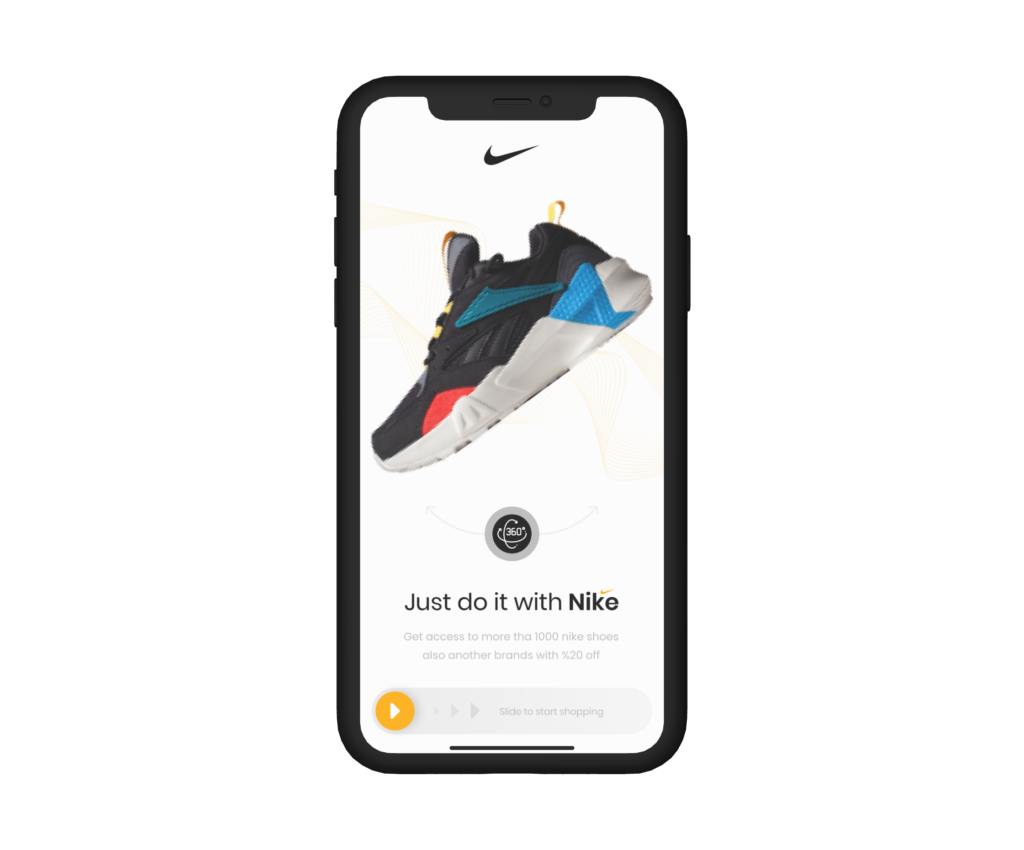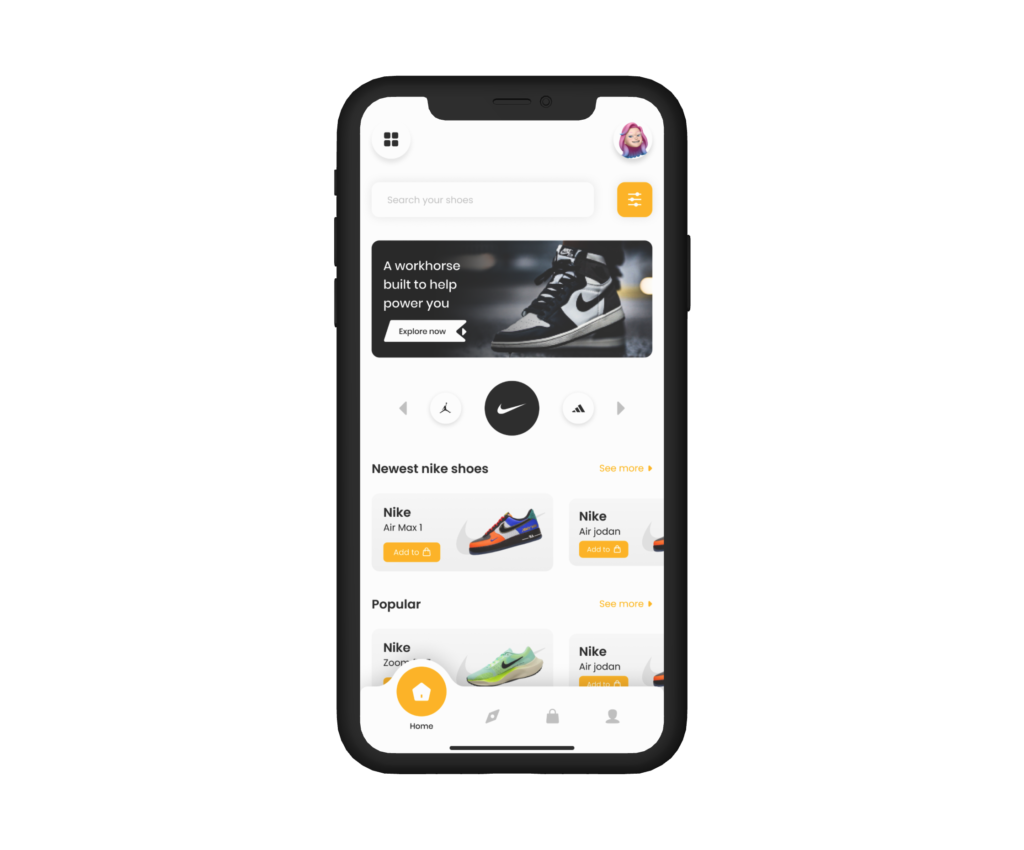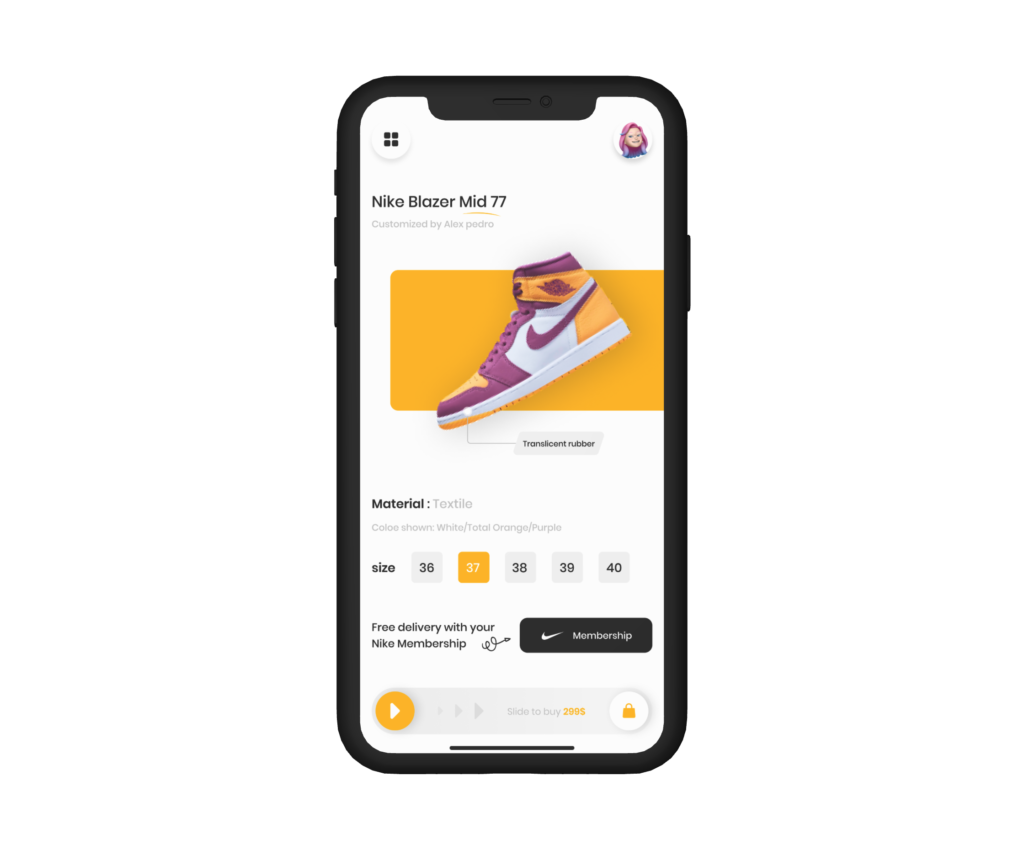What We Provide In E-Commerce Shoe App
In the ever-evolving world of fashion, shoes have long been a symbol of personal style, comfort, and self-expression. Today, the journey of finding the perfect pair of shoes has been transformed by e-commerce shoe apps. These digital platforms offer a wide array of benefits, from an extensive selection of shoe styles and brands to personalized recommendations and hassle-free shopping experiences. E-commerce shoe apps have revolutionized the way we shop for footwear, making it more convenient and enjoyable than ever before.

Benefits of E-Commerce Shoe Apps
E-commerce shoe apps bring a plethora of advantages to both consumers and the fashion industry as a whole:
- Endless Variety: These apps offer an extensive selection of shoe styles, brands, and sizes, ensuring that consumers can find their perfect fit.
- Convenience: Shoppers can browse and purchase shoes from the comfort of their homes, eliminating the need for physical store visits.
- Personalization: Advanced algorithms analyze user preferences and past purchases to provide personalized shoe recommendations, making the shopping experience more tailored.
- Time Savings: Online shopping saves valuable time by eliminating the need to travel to physical stores, find parking, and wait in lines.
- Reviews and Ratings: User-generated reviews and ratings help shoppers make informed decisions by providing insights into the quality and fit of shoes.
- Global Accessibility: E-commerce shoe apps connect consumers to a global marketplace, enabling access to shoes from around the world.
Features of E-Commerce Shoe App
E-commerce shoe apps offer a wide range of features designed to enhance the shopping experience:
- Product Catalog: Display a comprehensive catalog of shoes, including sneakers, boots, heels, sandals, and more, organized by style, brand, and size.
- Search and Filters: Implement search functionality and filters to allow users to quickly find the shoes they’re looking for.
- Personalized Recommendations: Utilize machine learning algorithms to provide users with personalized shoe recommendations based on their style preferences and purchase history.
- Size Guides: Include size guides and fitting tips to help users choose the right size, reducing the likelihood of returns.
- Wishlist: Enable users to create wishlists to save and track their favorite shoe styles for future purchases.
- User Reviews and Ratings: Incorporate user-generated reviews and ratings for each product to build trust and provide valuable insights to other shoppers.
- Secure Checkout: Ensure a secure and user-friendly checkout process with multiple payment options and shipping methods.


Functionalities of E-Commerce Shoe App
A successful e-commerce shoe app should encompass a range of functionalities to provide a seamless and efficient shopping experience:
- User Registration and Profiles: Allow users to create accounts, customize profiles, and save shipping and payment information for faster checkout.
- Product Search and Browsing: Provide intuitive search and browsing options, including filters by style, brand, size, and price range.
- Personalized Recommendations: Utilize machine learning algorithms to offer personalized shoe recommendations based on user preferences and browsing history.
- Size Guides and Fitting Tips: Include comprehensive size guides and fitting tips to assist users in selecting the correct shoe size.
- Wishlist and Favorites: Enable users to create wishlists and mark favorite shoes for future purchase.
- User Reviews and Ratings: Allow users to leave reviews and ratings for shoes, providing valuable insights to other shoppers.
- Secure Checkout: Ensure a secure and user-friendly checkout process with multiple payment options and shipping methods.
- Order Tracking: Provide order tracking and delivery status updates to keep users informed about their purchases.
Technologies, Time Frame, and Cost
Developing an e-commerce shoe app involves several considerations, including the choice of technologies, time frame, and costs:
- Technologies: Depending on the platform (iOS, Android, or both), technologies like Swift, Kotlin, React Native, or Flutter may be used for frontend development. Backend technologies like Node.js, Ruby on Rails, or Django can be chosen for server-side development. Integration with machine learning algorithms for personalized recommendations and AR for virtual try-ons may also be required.
- Development Time Frame: The development time frame can vary depending on the complexity of the app. A basic e-commerce shoe app may take approximately 6-9 months to develop, while a more feature-rich app with advanced features could require 9-12 months or longer.
- Cost Range: Development costs can vary significantly based on complexity and features. Basic apps may start at $100,000 – $200,000, while medium complexity apps can range from $200,000 – $500,000, and complex apps may exceed $500,000 in development costs.
